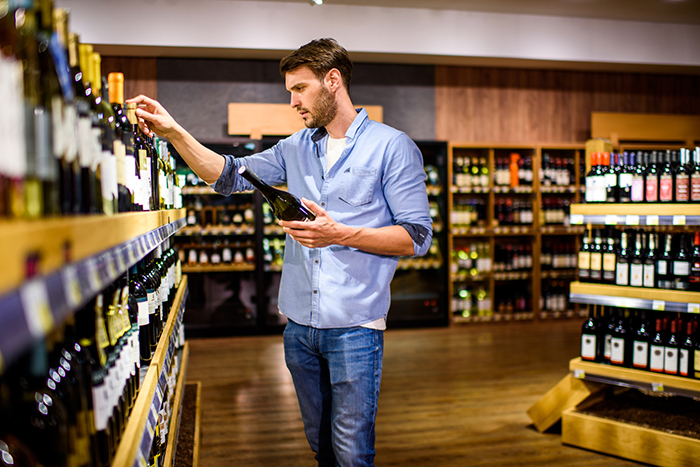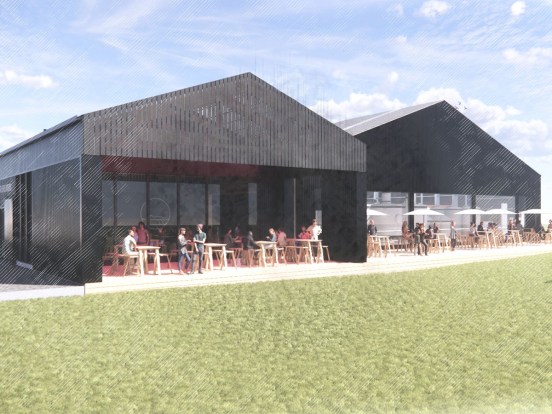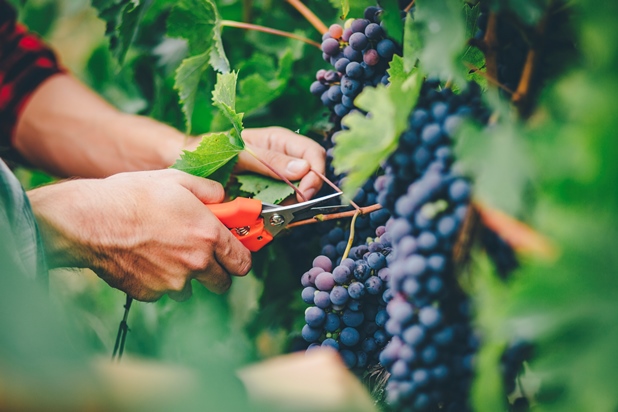Despite booming in-store and online sales, the reality is that the alcohol industry has a long road ahead to get to where conditions were before COVID-19. Nielsen U.S. offers strategies to help rebalance the effect of COVID-19 on alcohol sales.
Consider the channel strategies that are right for you
Given the significant restrictions imposed on the pre-COVID ways of doing business, it’s only logical that alcohol companies consider all channel strategies. For some, that may very well be through the traditional routes to online or offline retail, and for others, it may include, where legalised and permissible – a direct-to-consumer (DTC) model, or a combination of the two. For instance, in the wine category, evidence from Nielsen-partners Wines Vines Analytics and Sovos ShipCompliant shows that DTC shipments grew at strong double-digit rates in March 2020, led by small wineries (those selling between 5,000 and 50,000 cases annually). This was promising, as it followed a couple of years of decelerating growth in DTC shipments, with only single-digit increases witnessed during the first two months of 2020.
Engage with high opportunity customer targets
Knowing that there is currently a larger pool of active off-premise alcohol buyers to engage with, it’s essential to profile and identify your highest opportunity consumers. Podcast listeners, for example, have a demonstrated interaction with various alcohol categories. Recent research from Nielsen Scarborough highlights that, compared with the overall American population, podcast listeners of legal drinking age are 101% more likely to purchase hard cider, 32% more likely to purchase spirits, 26% more likely to purchase beer and 24% more likely to purchase wine. When it comes to reaching the right buyers with the right messages during the COVID-19 pandemic, this may be a key audience for alcohol brands to tap into.
Double down where sales growth is the highest
Large-format alcohol packages are growing in popularity, and consumers are driving strong growth among mixable accompaniments like tonic water, lemon and lime juice. But there is opportunity to harness this demand toward key pre-mixed adult beverages, too. Already, sales of hard seltzers sold in the U.S. off-premise grew 288% during the week ended April 18, and contributed more than 50% of category dollar growth across beer, FMB and ciders. RTD cocktails were also key to the growth of the spirits category. Doubling down on hard beverages can drive sustained growth in these challenging times.
Knowing which mixed drinks consumers are concocting at home can also help optimise in-store promotions among relevant hard beverages for in-home celebrations. This is especially relevant where they can align to holidays and events.
On the flip side, this appetite for pre-mixed cocktails could drive much-needed growth for on-premise establishments that can successfully tap into this demand. An April survey conducted by Nielsen CGA found that across all alcoholic beverages, consumers were the least price conscious when ordering cocktails with take-out food orders. Additionally, 28% say they would choose a more premium cocktail and 58% would opt for the cocktail favorites they know and love.
Support on-premise like never before
A leaner on-premise environment for alcohol is likely to emerge once the peak of COVID-19 passes. Before a ‘new normal’ is established, the channel has transitioned into a phase with continued restrictions. Examples of this are manifesting across the globe. While still in lockdown, consumers in Spain for instance, followed the suit of most countries after restaurant closures were implemented on March 14. There, consumers continue to flock to off-premise means for acquiring alcohol, with strong sales growth in beer (+45.6%), wine (+44.3%) and spirits (+19.4%) in the week ended April 25 compared to a year-ago. But early plans indicate that it will be a slow return to any form of normalcy. When restaurants in Spain begin to reopen in phases, the government will impose restrictions to allow only a fraction of the typical dining space occupancy and limit dine-in service to restaurant terraces only.
With restrictions like these in place, at this transitory stage, on-premise retailers and operators will need more support than ever before from their manufacturer and retail partners. Knowing how to meet a priority set of consumer needs with a lean assortment of alcohol options will be essential to surviving through long-term dining restrictions in restaurants. Operators will be turning to the brands that can prove they’ve been essential to the COVID-19 need states of consumers. In fact, 57% of surveyed on-premise operators would value evidence based recommendations on the optimal drink range/assortment for their bars.
Given the higher price mark-ups traditionally present in on-premise alcohol offerings, there is clearly a lot of ground to make up. But there is ample room to rebalance the alcohol industry even in the face of persistent COVID-19 restrictions.
Click here for more insights from Nielsen.
Did you know?
There are 6 ways you can catch up with The Shout NZ?
Our monthly print magazine. Subscribe here.
Online, updated daily with its own completely unique content and breaking news.
Our fortnightly newsletter – free to your inbox! Subscribe here.
Our digital magazines – the latest issues are online now, here and here.
We are also on Facebook and Instagram!





